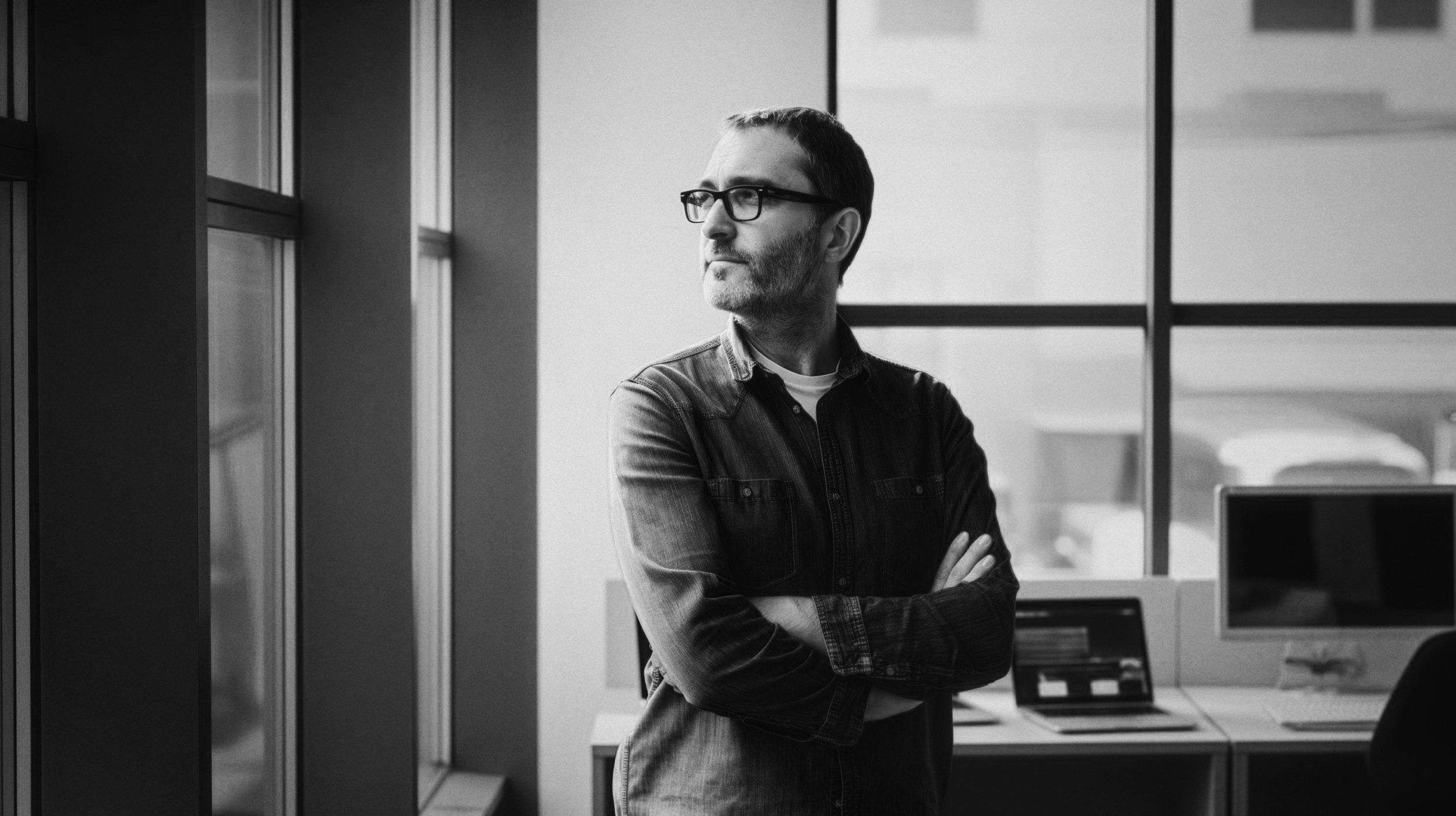When a “Heritage Campaign” is Just a Panic Move

How New Leadership Can Sink a Thriving Brand
Ever notice how some teams try to rebrand going back to basics as a shiny new heritage program? When this happens, it's because internal vibes are not impeccable. This is a sign of panic.
This happens when a new owner steps into a thriving brand, convinced they know better than the experts who built its success. The original team thoroughly understood the brand's DNA and knew how to engage the audience, but then new leadership rolled in with grand ideas, eager to make their mark. The result? A new, overconfident team that's out of touch with what made the brand tick in the first place. And let's be honest, they're about as demure as a bull in a china shop.
What happens next is predictable: They burn through budgets on flashy campaigns and fancy activations, believing more money means more joy (spoiler alert: it doesn't). But here's the reality check: They end up spending more money on production while ironically ending up with less production, and, worse yet, the content they do produce falls flat. It's not mindful. It doesn't resonate. It doesn't perform. The audience wonders, What happened to the brand we loved?
The new team may think they know what they're doing. They look at the surface level, observing what the previous team did—replicating some tactics, launching similar campaigns, and even trying to mimic the tone and style that worked before. But here's the kicker: they don't know the how, why, who, and what for. They don't understand the nuances—the relationships built over the years, the deep insights into consumer behavior, or the strategic decisions made with precision. They're playing a game of imitation without understanding the rules. And when you don't know the rules, you will make mistakes.
So now they're pivoting—spinning this whole thing as a heritage approach, which is really just code for we messed up, and we're scrambling to fix it by going back to what actually worked before. It's a classic case of throwing good money after bad, hoping that repackaging old ideas will cover up the damage done.
It will take another eight months to a year for this new heritage campaign to materialize. They spend all their time in endless strategy sessions and on calls with overpaid agencies. Big or small decisions take a committee and at least three calls. Meanwhile, nothing gets done. No one knows how to act. Everyone who touches the brand outside of this new team is terrified to make a move without permission. It's paralysis by analysis at its worst. The internal brand team looks like a failure, and the nostalgic brand big corn syrup gifted them with dies on the vine.
In a desperate attempt to show some movement, they'll dig into the archives and pull out a few dusty, old campaigns. You know, those classic ads and beloved slogans the previous team left behind, like forgotten heirlooms in a neglected attic. They'll try to revive them, sprinkle in a little back to basics flair, maybe even partner with a few UGC creators—a tactic they picked up from the last crew. But even these efforts fall flat. Why? Because passion can't be faked. You see, the new team lacks the heart and soul that drove the original success. They have no real connection to the brand’s heritage or to its loyal customers.
And it shows. The content they push out feels hollow, like a ghost of what the brand used to be. They mimic the tactics without understanding the essence behind them. They’re throwing things at the wall, hoping something sticks. They don't know why they're doing what they're doing, who they should be doing it for, and have no respect for the consumer who made the brand thrive in the first place. It's a soulless, paint-by-numbers operation.
Who suffers in all this chaos? Not the internal brand team. They will fail up or sideways, their core talent being navigating bureaucracy and playing the corporate game. Look at their LinkedIn profiles: a string of 1 to 3 year stints at various brands, usually under the umbrella of huge mega-corporations. None of them has a legacy of sticking around and building something lasting. Their true legacy? Being marketing nomads drifting through corporate America, leaving a trail of half-baked strategies and missed opportunities. No real connection to the consumers they're supposed to serve, no real investment in the brands they're paid to build.
Real innovation doesn't mean disregarding the strategies that built your brand's success. It means building on that foundation, not tearing it down. If you find yourself reverting to the heritage playbook, maybe it's time to ask: Is this about honoring the past or just trying to undo a year of poor decisions?
The bottom line? Knowing what to do is different from knowing how to do it and who you are doing it for and far from knowing why it was done in the first place. Until new teams grasp that, they'll continue to fall into the same traps—overconfidently steering brands off course, only to scramble back to the safety of the old ways when things go south. Sadly, once they've destroyed the magic of the previous brand, it may never recover.
I am an Ad-Age, Emmy, Shorty, Telly, and Webby Award-Winning Social Media Strategist and Content Creator for food and beverage and outdoor lifestyle brands. With 20 years of expertise, I've become a cornerstone in the evolution of brand storytelling. My background in copywriting, brand strategy, and content creation has driven successful digital engagements for top brands, such as a more than ten-year stint with Topo Chico Sparkling Mineral Water (now owned by Coca-Cola). I capture the spirit of adventure through dynamic storytelling and strategic content, creating narratives that inspire and connect with audiences.
adage, emmy, telly & webby award-winning digital marketing consultant for purpose-driven food & beverage brands.





